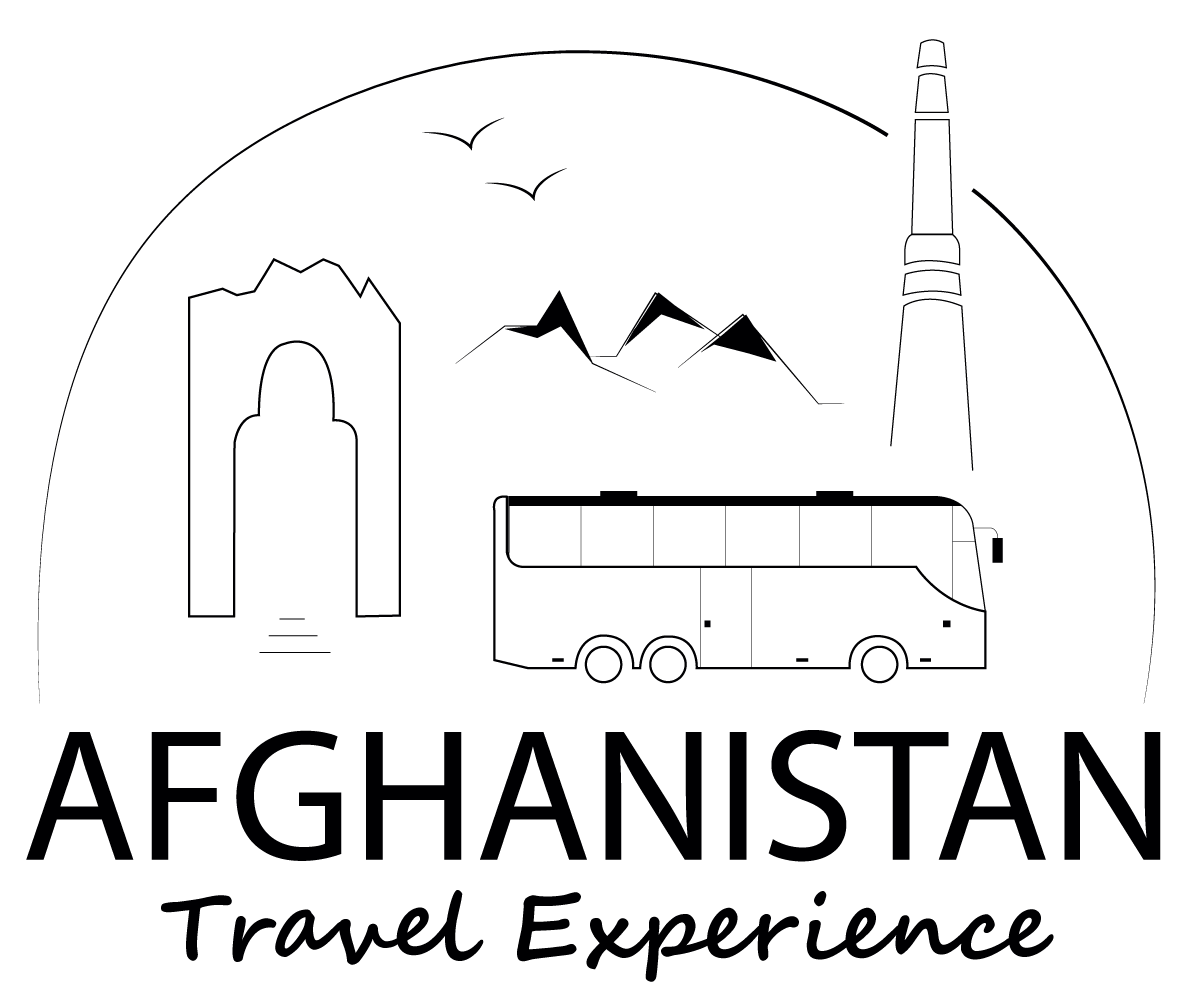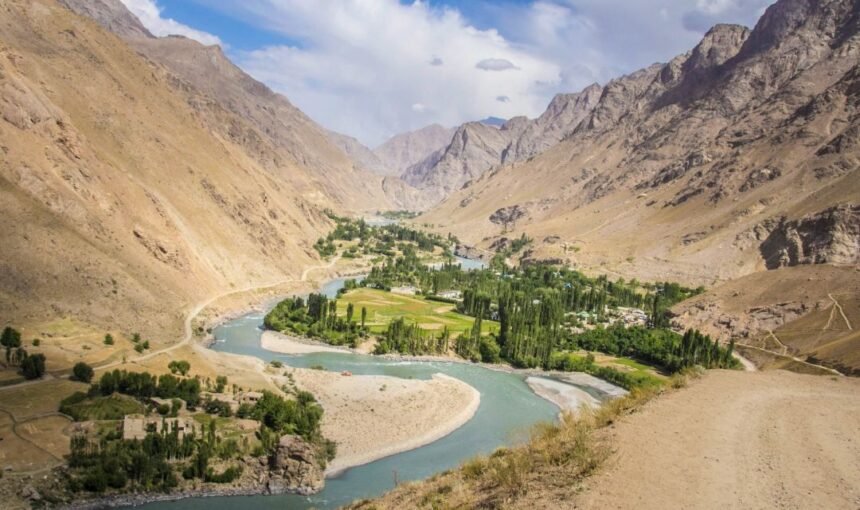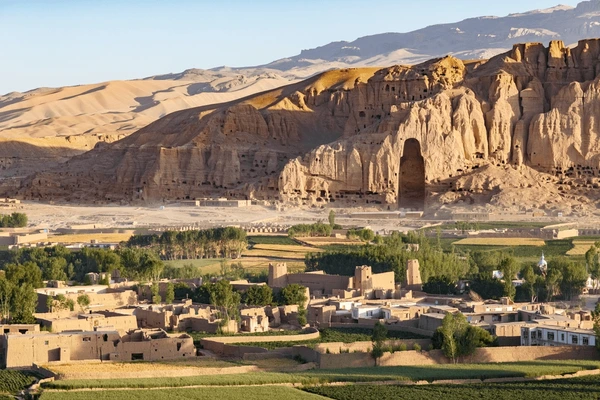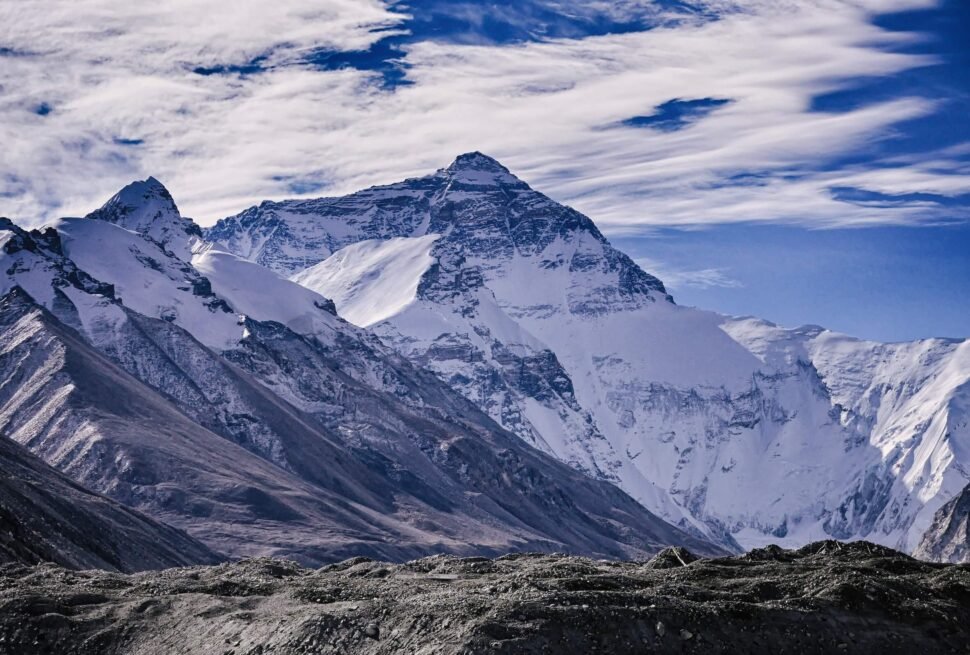Let me start with this: Afghanistan isn’t your average travel destination. It’s not found on the pages of glossy brochures or featured in travel agency ads. But for those willing to look beyond the headlines, Afghanistan reveals itself as one of the most soul-stirring places on Earth—a land of towering mountains, ancient cities, and people whose hospitality can humble even the most seasoned traveler.
🛬 First Impressions: Arrival in Kabul
Landing in Kabul feels like stepping into another era. The city buzzes with contradictions—motorbikes weaving between donkey carts, smartphones flashing beside mud-brick homes, and the call to prayer echoing against the clamor of street vendors.
Kabul is chaotic, yes, but it’s alive. The smell of fresh naan baking in tandoors mingles with the aroma of kebabs sizzling on sidewalk grills. Men in traditional shalwar kameez walk alongside youth dressed in jeans and hoodies. Life here doesn’t pause—it pulses.
I stayed at a local guesthouse run by a family who treated me like a long-lost relative. Every evening, they served sweet green tea and endless trays of dried fruit and nuts. We swapped stories by candlelight—power cuts are frequent—and somehow, despite language barriers, laughter came easy.
🕌 Exploring the Cultural Capital of Herat
A quick flight (or a long, bumpy journey if you’re bold) takes you west to Herat, a city that whispers the tales of Persian poets and ancient caravans. The Friday Mosque—Masjid Jami—is one of the most beautiful I’ve ever seen. Its turquoise tiles shimmer in the sun, and the symmetry of its architecture feels almost meditative.
What struck me most about Herat wasn’t just the buildings—it was the art. In tucked-away workshops, I watched master craftsmen hand-paint tiles, weave carpets, and bind books the way their ancestors had done for centuries. It’s a living museum.
🏞️ Into the Mountains: Bamiyan and the Beauty of Silence
Bamiyan was the heart of my trip.
Set in a serene valley surrounded by rugged cliffs and snow-capped peaks, Bamiyan is where history and nature collide. Once a major center of Buddhism, it was home to the colossal Buddhas that stood watch over the valley for 1,500 years before their destruction in 2001.
The voids where they once stood are haunting—but also strangely peaceful. Locals told me they still pray there, not to the statues, but to the memory of coexistence and the cultural richness they once represented.
During the day, I hiked to nearby caves, explored ancient ruins, and drank tea with shepherds who invited me into their yurts without hesitation. At night, the sky exploded with stars. No city lights. No traffic. Just silence.
Pro tip: Bring warm clothes. Even in spring, Bamiyan’s nights are bone-chilling.
🐎 The Wakhan Corridor: Afghanistan’s Wild Frontier
For the true adventurer, nothing compares to the Wakhan Corridor in the far northeast. This narrow strip of land stretches between Pakistan, Tajikistan, and China. It’s remote, rugged, and raw—few travelers ever make it this far.
I spent five days trekking with a local guide and a pack mule. We passed through isolated villages where children ran barefoot over ice, where families offered bread and yogurt despite having little for themselves. The air was thin, the journey grueling, but the landscapes? Unreal.
Think: glaciers spilling into turquoise rivers, wild yaks grazing on windswept plateaus, and sunrise over the Pamir Mountains. You don’t just visit the Wakhan—you earn it.
🍽️ Food, Glorious Food
Afghan cuisine is comfort food at its finest. My days began with warm bread, clotted cream, and mulberry jam. Lunches were usually mantu (beef dumplings) or ashak (leek-filled dumplings), topped with lentils and yogurt. Dinners? Always communal. Always delicious.
But more than the food itself, it’s how it’s shared that makes Afghan meals unforgettable. Everything is served on the floor, on large cloths, with hands and heart. You don’t just eat in Afghanistan—you connect.
💬 Safety, Real Talk, and Responsible Travel
Let’s not sugarcoat it—traveling to Afghanistan comes with risks. Security can be unpredictable, especially in certain regions. Some areas are completely off-limits. Always consult with locals, guides, and (if available) your embassy before venturing out.
That said, not once did I feel unwelcome. In fact, the opposite. Time and again, strangers welcomed me with open arms, offering tea, shelter, and conversation.
Travel tip: If you’re serious about visiting, work with a trusted local tour operator. They can arrange accommodations, safe routes, and help navigate cultural etiquette.
🎁 What I Took With Me
Afghanistan gave me something I hadn’t found anywhere else—perspective. Not just about politics or news cycles, but about humanity.
It showed me what survival looks like, not as a headline, but as a neighbor sharing bread. It taught me that beauty can rise from ruin, that stories are more powerful than statistics, and that even in the harshest environments, people find ways to smile, sing, and celebrate life.
✈️ Should You Go?
Afghanistan isn’t for every traveler. It demands respect, patience, and humility. But if you’re looking for a journey that moves your soul, challenges your worldview, and offers moments of raw, untamed beauty—this might just be it.
This is not a country to “tick off” a list. It’s a place to sit in, to listen, to learn from.
Because Afghanistan isn’t just a destination.
It’s an experience.



